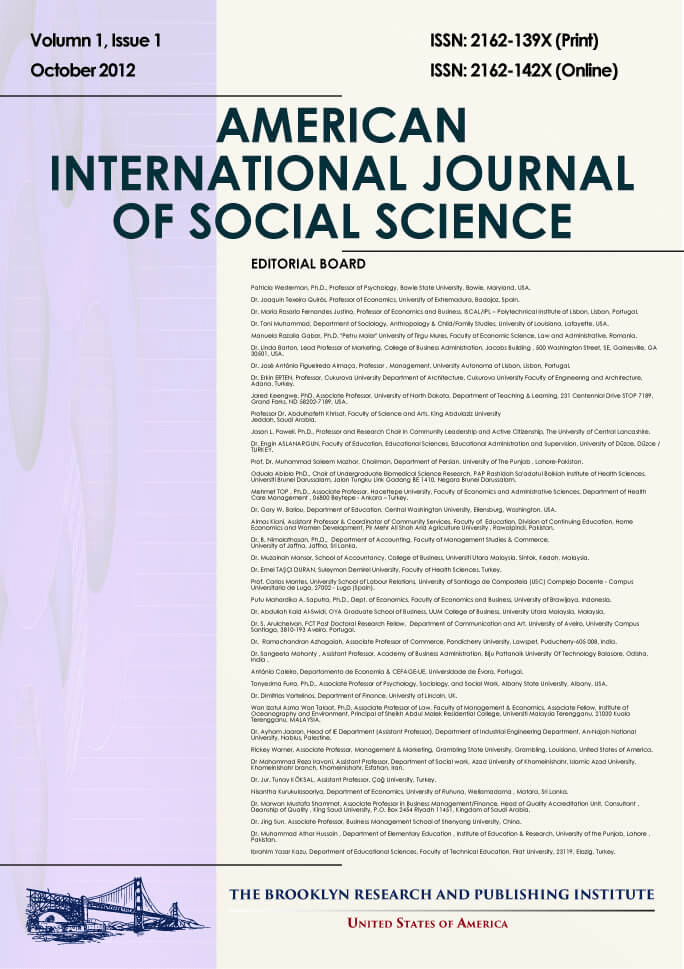Perceptions of Mental Illness in Rural Nepal: Dimensions of Stigma and Their Social Origins
Mark Tausig
Abstract
The signs and symptoms of mental illness, especially serious mental illness, are universally associated with
stigma and discriminatory behavior. For these reasons, it is crucial that we understand the complex structure of
stigma and its possible origins so that effective public policy and anti-stigma programs can be designed. We use
data from a sample of 365 households in a small village in Nepal to empirically determine the range of stigmatic
reactions (dimensionality and attributions of responsibility) to metal illness. We identified four dimensions; social
exclusion, social distance, emotional distance and dangerousness. We found that measuring a number of separate
dimensions of stigma as well as perceptions of causation yield a textured and complex view of stigma. It is our
contention that cultural differences in the meaning of stigma and, therefore, societal responses to mental illness
can be captured in a meaningful way by assessing the dimensions of stigma.
Full Text: PDF
American International Journal of Social Science
ISSN 2325-4149(Print), ISSN 2325-4165(Online) DIO: 10.30845/aijss
Visitors Counter
3896575
| 323 | |
| |
1532 |
| |
36069 |
| |
67864 |
| 3896575 | |
| 23 |

